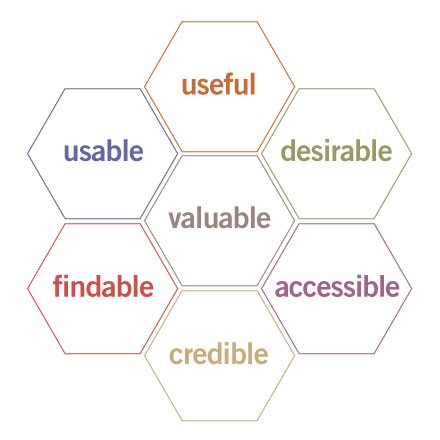Google and the interface of everywhere
Google's big I/O event happened this week, and in customary fashion the search and technology giant made a bunch of interesting product announcements and made public for the first time some brand new solutions and innovations. Folks in the HR/Recruiting space will largely be most interested in and perhaps concerned by Google's announcement that it intends to launch 'Google for Jobs', a consolidated job search tool (powered by Google's search technology at the core), for job seekers that will surface job listing from a number of sources like LinkedIn, Facebook, and CareerBuilder. And while that announcement certainly was interesting, and needs to be top of mind for folks who run or heavily promote their jobs on job boards like Indeed, to me, it was not the most interesting thing to come out of I/O.
First, Google announced the forthcoming Lens app, a tool that essentially makes a smart phone camera more intelligent by allowing you to learn about a product by taking a picture of it, find out information about a performance by taking a photo of the name of the band, or connect to a wifi network by snapping a photo of the login and password information. This app is a nod to the increasing use of the camera/photo as not just a means of recording an image, but as a method for navigating the world and its objects and experiences around us.
Second, Google announced additional places (beyond its Home device and its Pixel phone) and tools where its 'Assitant' app will be available - on iPhones for the first time, on more Android devices, and soon, in cars, refrigerators, and more. Google's near-term vision is to make Assistant available essentially everywhere, and to (ultimately), disconnect or break the bond between the smart phone, (and Android for that matter), and the Assistant capabilities.
These two announcements combine to form the basis and the beginnings of a powerful service (Assistant), that eventually will seem "interface-less", or said differently, will be accessed via a variety of devices and methods - voice, images, touch screens, and sure, if you must, by typing commands into a keyboard. Who knows, maybe the next iteration of Google Glass, (remember that?), will be to largely function as a lens and continuous input stream to the Assistant. As you stroll around with Glass you can ask it for advice and information about where you are, the restaurant you are walking by, and who knows - maybe see a list of open jobs at the Cafe you are sitting in having a coffee.
What is interesting about all this, to me, is the longer term implications it has for the tools and technologies that we use at the workplace. Consumer-driven technology innovation has been driving enterprise tech for a while now. You were using a smart phone or a tablet at home, before you ever did so for work. And I think the same thing will become true for this future world of the 'everywhere' interface to smart tools and services designed to help us navigate the world, and get things done.
Smart phones exploded for work applications because (in part), we didn't want or need to be trapped to a desk and a computer in an office in order to get things done. Now, we are beginning to see what is coming 'next' - after the smart phone, when the technologies are all around us, in our ears, in the devices we interact with, and never more than a spoken 'Ok Google' away. What will be the first HR system to be fully integrated and accessible via voice, image, and even wearable tech?
I think it is tremendously exciting and fun. And way more interesting and powerful than a new website that aggregates online job listings. But if you have to talk about that, it is ok. I get it.
Have a great day!

 Steve
Steve



